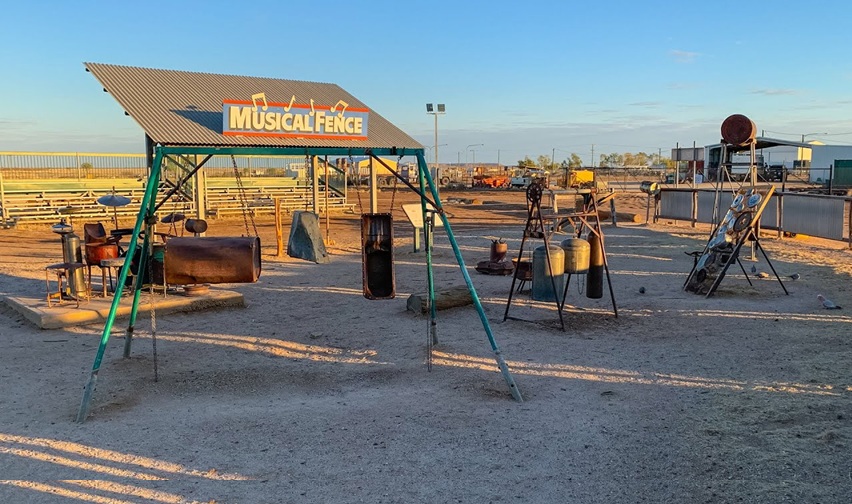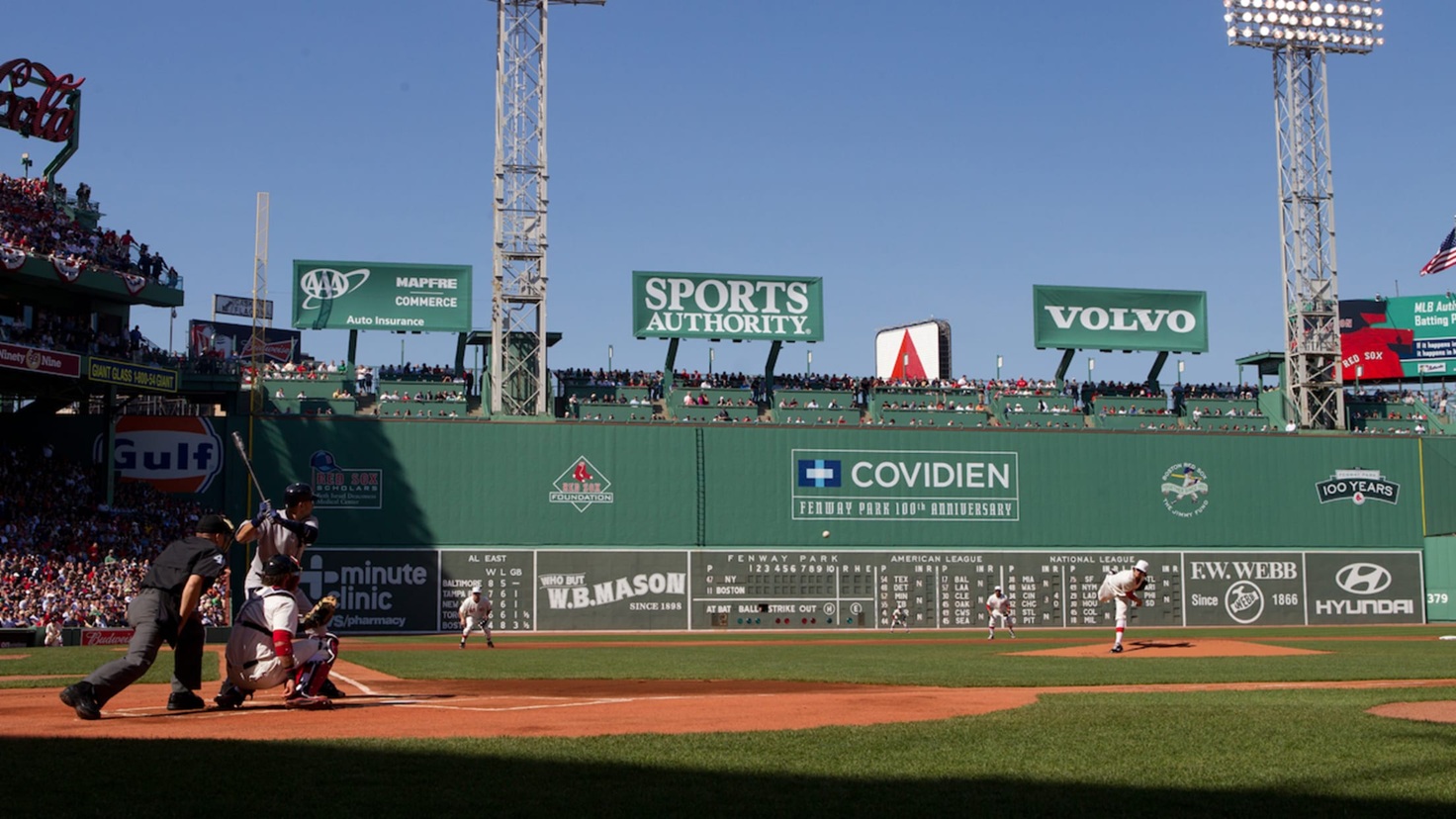Toward More Interesting Fences: Creativity Meets Modern Materials
From these 10 examples, it’s clear that a fence can be so much more than a plain picket or panel. Whether it’s community art (like New Zealand’s bra fence), interactive design (the Musical Fence), or a showcase of craftsmanship (Buckingham Palace), interesting fences marry form and function in delightful ways. Modern fence manufacturers and designers are taking notes. Today, using advanced materials and technology, we can create fences that are not only secure and durable but also aesthetically bold. For instance, laser-cut steel panels can display intricate patterns similar to lace, corten or galvanized steel slats can be arranged in novel profiles (as seen in many modern fence solutions by companies like Mehbud), and polymer powder coatings can add any color or finish imaginable – without sacrificing longevity.
The role of fencing in urban design is also evolving. Planners recognize that architectural fencing and screens contribute to the visual identity of a space. A thoughtfully designed fence can provide privacy or protection while enhancing curb appeal or even becoming a local landmark. Even statistics support the continued importance of fences – not just for creativity’s sake but practical needs. Home surveys show that besides electronic systems, physical barriers rank among the top features that make residents feel safer (in one survey, privacy fences were a top security feature for 39% of respondents (Survey: Home Security Statistics | Top Rail Fence)). The challenge and opportunity moving forward is to meet those safety and privacy needs with solutions that also spark joy or conversation.
Mehbud’s expertise in producing modern metal fencing systems positions it at the intersection of tried-and-true durability and innovative design. Just as the world’s most unusual fences have used imagination in their conception, Mehbud uses state-of-the-art fabrication to turn imaginative concepts into reality – be it custom laser-cut motifs, sleek galvanized steel profiles that play with light and shadow, or modular fence designs that clients can personalize. The fences we’ve explored in this article might be extreme outliers, but they all teach us one thing: a fence doesn’t have to be just a fence. It can be art, history, culture, and personality woven into the very boundary of a property. In the future, as materials improve and designers continue to push boundaries, we’re sure to see even more boldly unusual – and utterly fascinating – fences around the world. After all, good fences make good neighbors, but interesting fences make for great stories.










